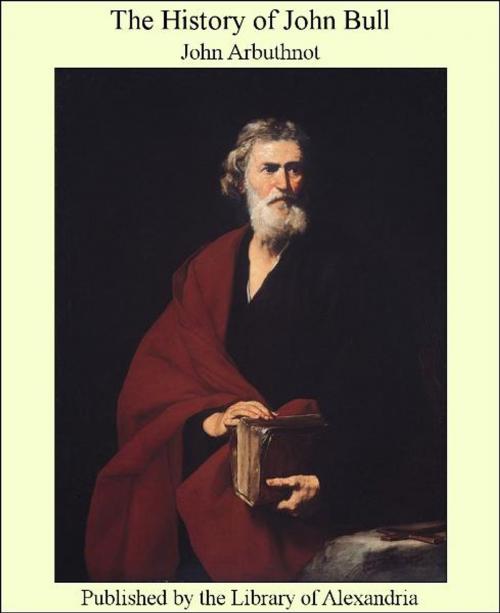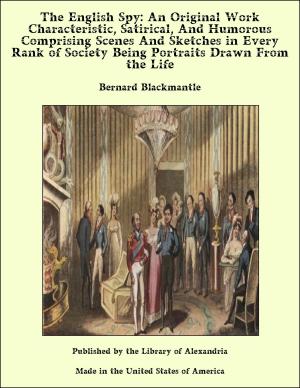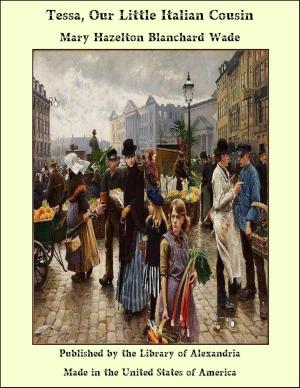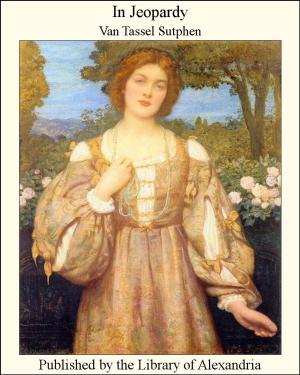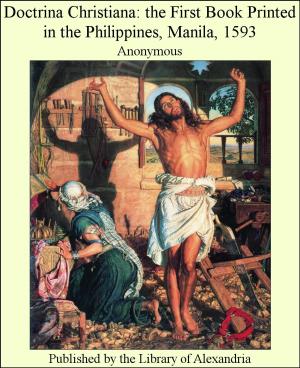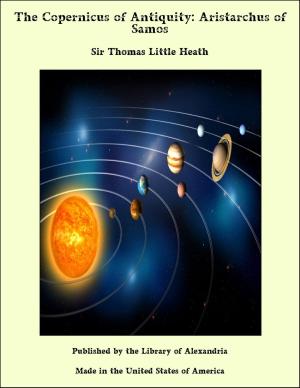The History of John Bull
Nonfiction, Religion & Spirituality, New Age, History, Fiction & Literature| Author: | John Arbuthnot | ISBN: | 9781465502506 |
| Publisher: | Library of Alexandria | Publication: | March 8, 2015 |
| Imprint: | Language: | English |
| Author: | John Arbuthnot |
| ISBN: | 9781465502506 |
| Publisher: | Library of Alexandria |
| Publication: | March 8, 2015 |
| Imprint: | |
| Language: | English |
This is which fixed The name and character of John Bull on The English people. Though in one part of The story he is thin and long nosed, as a result of trouble, generally he is suggested to us as “ruddy and plump, with a pair of cheeks like a trumpeter,” an honest tradesman, simple and straightforward, easily cheated; but when he takes his affairs into his own hands, acting with good plain sense, knowing very well what he wants done, and doing it. was begun in The year 1712, and published in four successive groups of chapters that dealt playfully, from The Tory point of view, with public affairs leading up to The Peace of Utrecht. The Peace urged and made by The Tories was in These light papers recommended to The public. The last touches in The parable refer to The beginning of The year 1713, when The Duke of Ormond separated his troops from those of The Allies and went to receive Dunkirk as The stipulated condition of cessation of arms. After The withdrawal of The British troops, Prince Eugene was defeated by Marshal Villars at Denain, and Other reverses followed. The Peace of Utrecht was signed on The 31st of March. Some chapters in this Book deal in like manner, from The point of view of a good-natured Tory of Queen Anne’s time, with The feuds of The day between Church and Dissent. Other chapters unite with this topic a playful account of another chief political event of The time—The negotiation leading to The Act of Union between England and Scotland, which received The Royal Assent on The 6th of March, 1707; John Bull Then consented to receive his “Sister Peg” into his house. The Church, of course, is John Bull’s mOther; his first wife is a Whig Parliament, his second wife a Tory Parliament, which first met in November, 1710.
This is which fixed The name and character of John Bull on The English people. Though in one part of The story he is thin and long nosed, as a result of trouble, generally he is suggested to us as “ruddy and plump, with a pair of cheeks like a trumpeter,” an honest tradesman, simple and straightforward, easily cheated; but when he takes his affairs into his own hands, acting with good plain sense, knowing very well what he wants done, and doing it. was begun in The year 1712, and published in four successive groups of chapters that dealt playfully, from The Tory point of view, with public affairs leading up to The Peace of Utrecht. The Peace urged and made by The Tories was in These light papers recommended to The public. The last touches in The parable refer to The beginning of The year 1713, when The Duke of Ormond separated his troops from those of The Allies and went to receive Dunkirk as The stipulated condition of cessation of arms. After The withdrawal of The British troops, Prince Eugene was defeated by Marshal Villars at Denain, and Other reverses followed. The Peace of Utrecht was signed on The 31st of March. Some chapters in this Book deal in like manner, from The point of view of a good-natured Tory of Queen Anne’s time, with The feuds of The day between Church and Dissent. Other chapters unite with this topic a playful account of another chief political event of The time—The negotiation leading to The Act of Union between England and Scotland, which received The Royal Assent on The 6th of March, 1707; John Bull Then consented to receive his “Sister Peg” into his house. The Church, of course, is John Bull’s mOther; his first wife is a Whig Parliament, his second wife a Tory Parliament, which first met in November, 1710.
